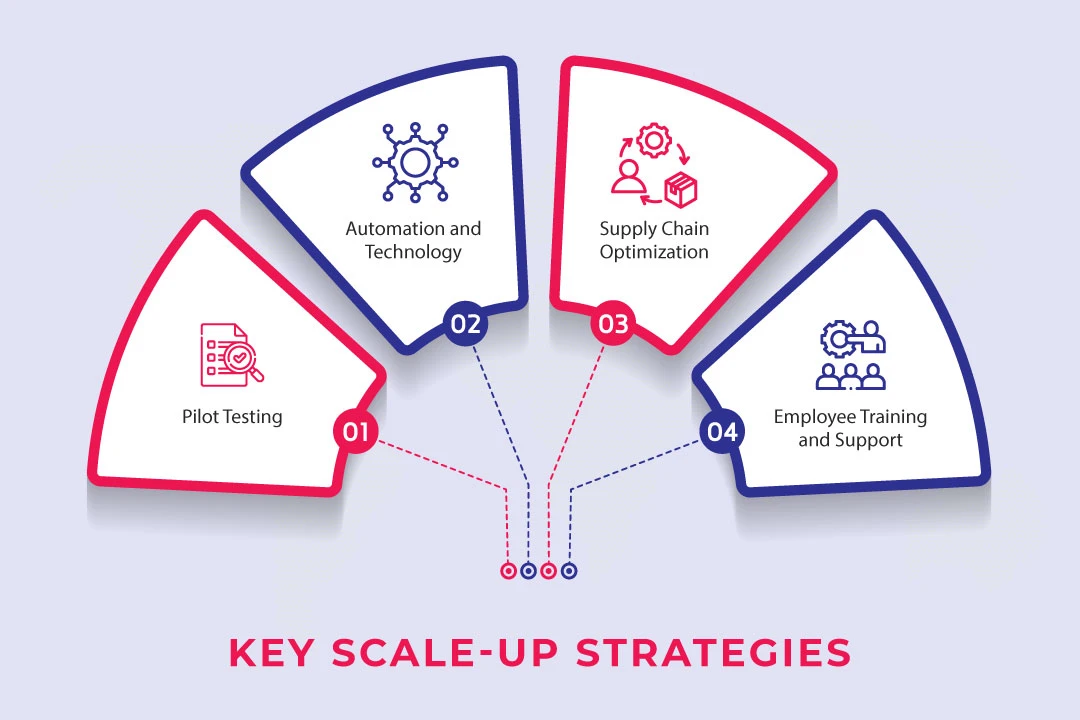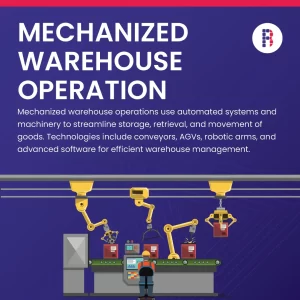Efficiency and productivity are vital aspects of success in the manufacturing industry. As demand for products grows, manufacturers must optimize their production capacities to meet market demands effectively. This blog explores two crucial strategies that can help manufacturers achieve this: manufacturing plant capacity balancing and scale-up strategies. By understanding and implementing these approaches, manufacturers can streamline their operations, maintain product quality, and boost overall productivity.
Understanding Manufacturing Plant Capacity Balancing
Production capacities are matched with market demand and available resources in manufacturing plant capacity balancing. It necessitates a thorough analysis of the current manufacturing capacities, equipment, manpower, and production schedules. This delicate balancing exercise makes sure that the manufacturing facility can effectively meet product demand without running the risk of resource overuse or underuse.
Important Measures for Capacity Balancing
- Analyzing Historical Data:In order to determine production peaks and troughs, start by analyzing historical production
data. With the aid of this data, resource allocation strategies can be developed to anticipate future demand.
- Demand Forecasting: For capacity balance, accurate demand forecasting is essential. To predict future demand patterns, use market trends, customer behavior, and sales estimates.
- Determining Resource Availability: Consider the accessibility of raw materials, labor, and equipment. Find any restrictions or bottlenecks that might prevent production from scaling.
- Adding Flexibility: Implement adaptable production procedures to adapt to changes in demand. Multi-shift operations, personnel cross-training, and the use of adaptive machinery are a few examples of this.
Strategies for Successful Scale-up:
Scale-up strategies enable manufacturers to expand their production capacities efficiently while maintaining product quality and consistency. Implementing the right scale-up approach is crucial to avoid disruptions in the production process and ensure a seamless transition to increased output.
Key Scale-up Strategies:
- Pilot Testing:Before full-scale implementation, conduct pilot testing to assess the feasibility of the scale-up process. Identify potential issues and fine-tune production parameters to optimize efficiency.
- Automation and Technology: Embrace automation and advanced technology to streamline processes and increase productivity. Automated systems can enhance accuracy, reduce downtime, and improve overall efficiency
- Supply Chain Optimization: Optimize the supply chain to ensure a steady flow of raw materials and components required for increased production. Partner with reliable suppliers and adopt just-in-time inventory management practices.
- Employee Training and Support: Provide comprehensive training to employees involved in the scale-up process. Equip them with the necessary skills and knowledge to adapt to higher production volumes seamlessly.
Data Analytics in Plant Capacity Balancing and ScaleUp Strategies:
The importance of data analytics in scaling-up and capacity-balancing techniques cannot be overstated. Manufacturers may make well-informed decisions, enhance manufacturing procedures, and proactively handle potential difficulties by utilizing data analytics technologies.
- Real- time Monitoring:Real-time monitoring tools should be put in place in order to keep track of production metrics and spot any departures from the anticipated performance standards. Timely corrective actions are possible thanks to prompt data analysis.
- Predictive Analytics: Make use of predictive analytics to precisely estimate upcoming demand patterns. With this knowledge, producers are better equipped to prepare for scale-up requirements early on, avoiding supply constraints and production snags.
Wrapping Up:
Enhancing efficiency and productivity through capacity balancing and scale-up techniques is crucial in the competitive manufacturing scene. A key factor in success is the capacity to match production capabilities with market demands while retaining quality and efficiency. Utilize technology and automation to streamline procedures, prioritize quality control throughout the entire process, and embrace data analytics to help you make educated decisions. Manufacturers can accomplish smooth scale-up, satisfy rising demands, and plow a route to long-term success in the changing world of manufacturing by putting these techniques into practice and embracing flexibility.






